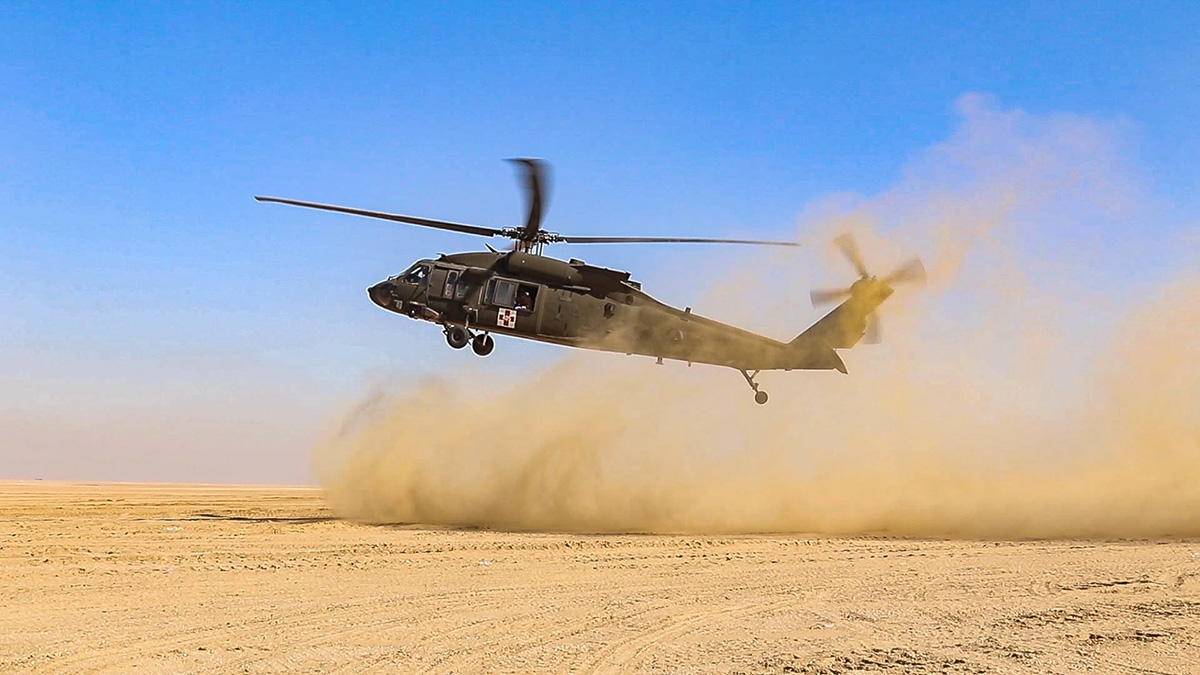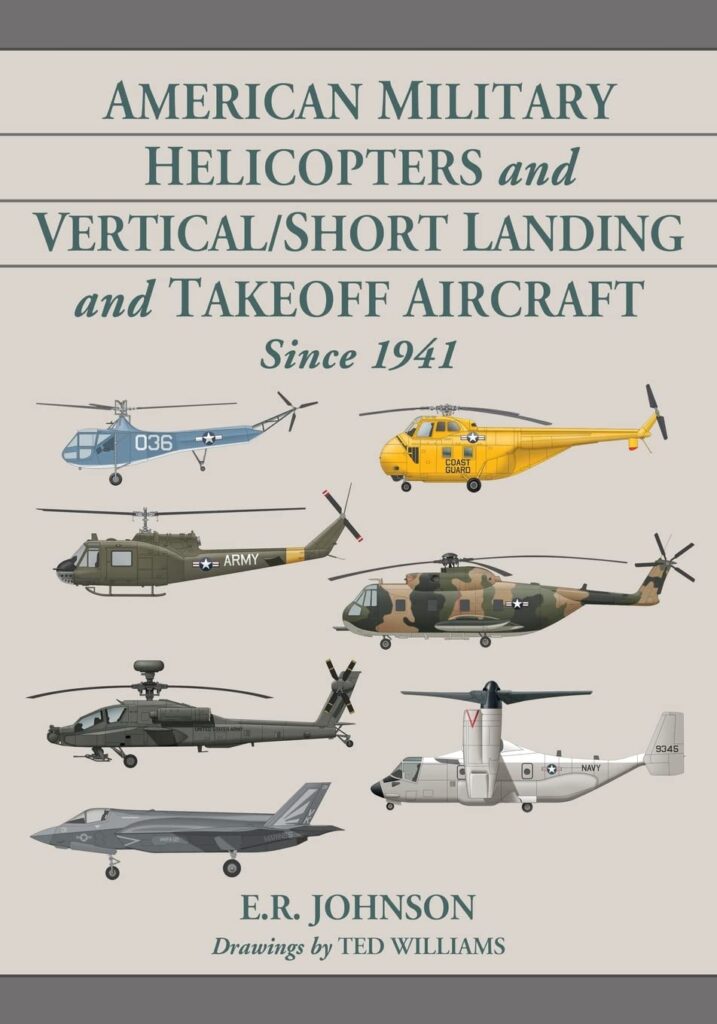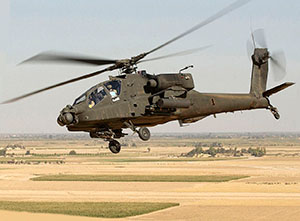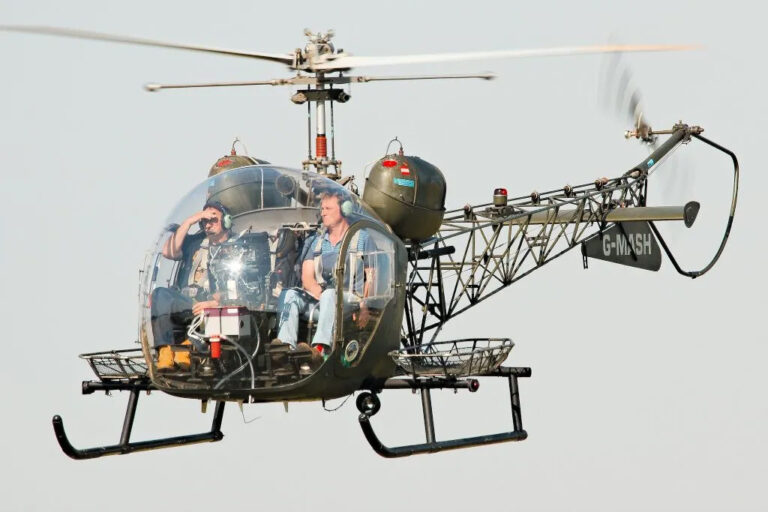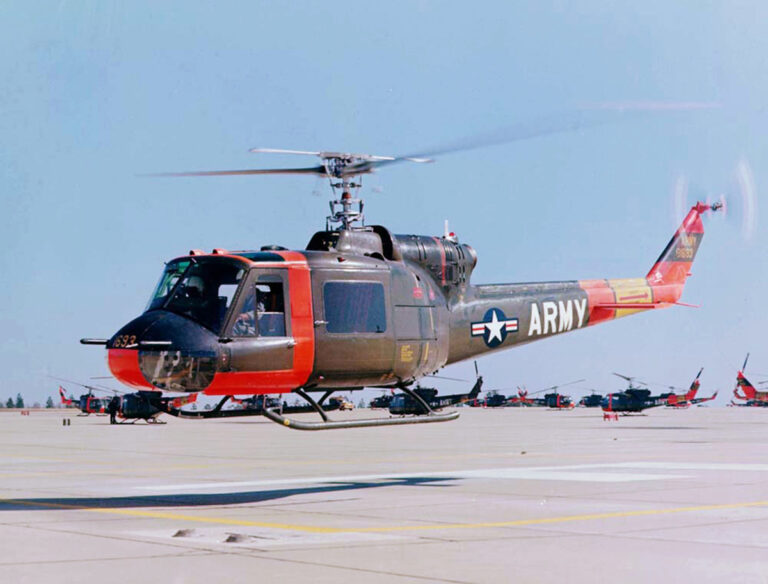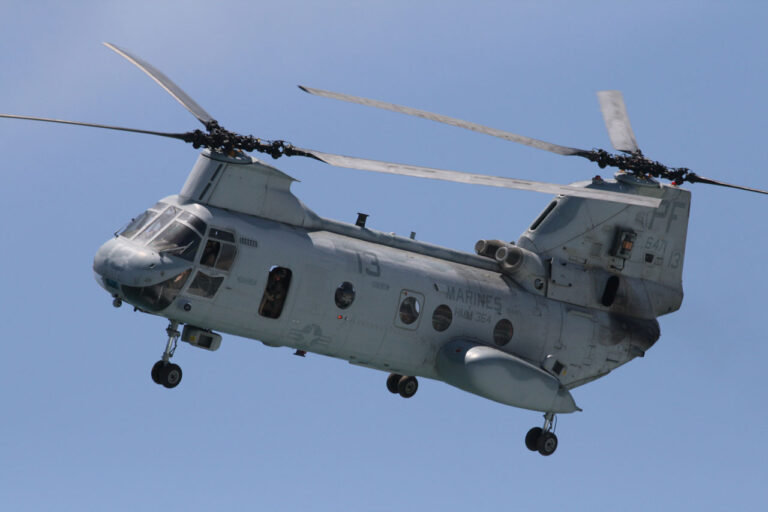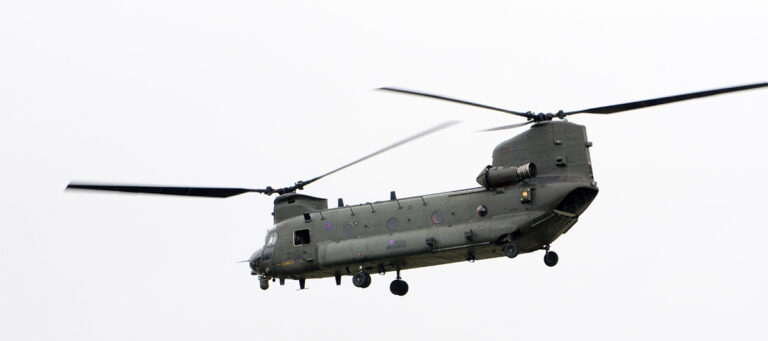Medevac Helicopters in the Middle East
Helicopters have proven themselves time and again in every scenario they have been exposed to. One of the areas they have particular excelled at is medevac and casevac. Helicopters can and will go where other aircraft cannot and where ambulances can’t reach to rescue the wounded. They provide fast, smooth transportation of casualties to field hospitals many miles from the front lines and offer the ability to begin critical care as soon as they enter the airframe.
During the two Iraq wars and while in Afghanistan, helicopters have continued their service to troops on the front lines. Soldiers and commanders depend on them, they regard them as essential and combat operations are not planned unless medevac choppers are available if needed. Such is the importance place on them in modern warfare.
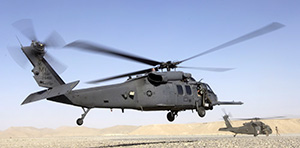
The success of the Bell UH-1 Huey in Vietnam proved to the military that further development was essential. They needed to ensure medevac helicopters kept up with technology and were always able to offer the highest levels of utility to troops. The slimming down of the armed forces led to a reduction in the variety of airframes supporting troops but an improvement in the quality of them. The UH-1 was replaced with the UH-60A Black Hawk and it’s Air Force and Navy variants. It was a welcome move, offering a larger, more powerful helicopter that was perfectly suited to medevac duties.
It offered more protection for crew, a higher airspeed, wider operating tolerances and more cargo or crew space in the back. The UH-60 could carry 11 troops, or three stretchers complete with medical orderly. It could also be fitted with a winch, much like the UH-1 during the Vietnam War. Despite that and despite being in service since 1959, the UH-1 Huey still served as a medevac chopper during Desert Storm and Enduring Freedom. National Guard units also flew them until the early 21st century, such was their quality.
American Military Helicopters and Vertical/Short Landing and Takeoff Aircraft Since 1941
Over the past eight decades, developments in vertical lift aircraft–both helicopters and vertical/short takeoff and landing (V/STOL) planes–have given the American military unparalleled capabilities on the modern battlefield. The U.S. has led the world in vertical lift technologies with the help of some of the brightest minds in this field. This book provides a concise historical survey, including technical specifications, drawings, and photographs of every type of helicopter and V/STOL aircraft developed for the U.S. military, from the earliest examples tested in 1941 and 1942, up to the newest prototypes.
The UH-60A Black Hawk was quickly improved to offer better engines, a more robust gearbox and avionics improvements that led to the UH-60L. Further modification was necessary to allow the helicopter to cope with the dust and altitude of the theater in the Middle East. By the time we invaded Iraq, the UH-60 had already proven its mettle in Grenada, Panama, the Balkans and other combat zones. It’s a solid, dependable airframe capable of reaching 183 mph and 19,000 feet. It also has a standard range of 368 miles without external tanks.
Despite programs to further modernize the armed forces, the UH-60 in its various forms still provides the backbone of rotary lift capacity. It hasn’t been without loss though. During the Iraq war, several helicopters were shot down by RPG or machine gun fire, including UH-60 medevac helicopters. Flying a medevac helicopter into harm’s way is still regarded as one of the most dangerous roles a soldier can perform and is still regarded as one of the most essential. Despite that, as long as our boys and girls are in combat there will be pilots willing to put their own lives on the line to provide critical cover to them, civilians and even the enemy.


